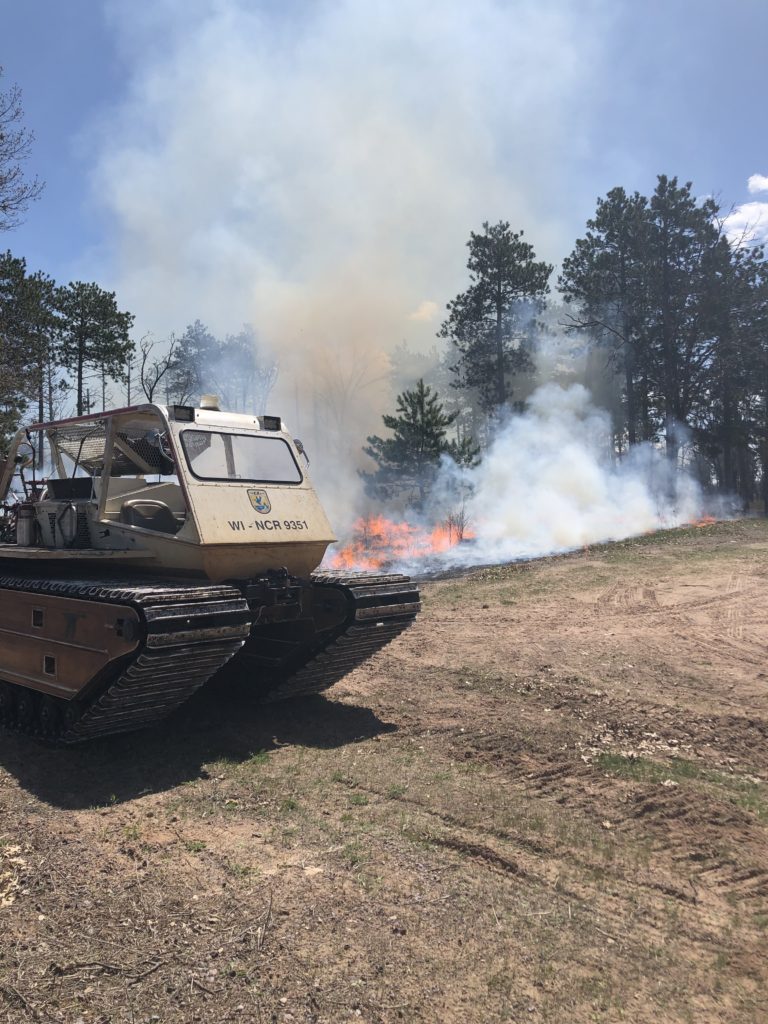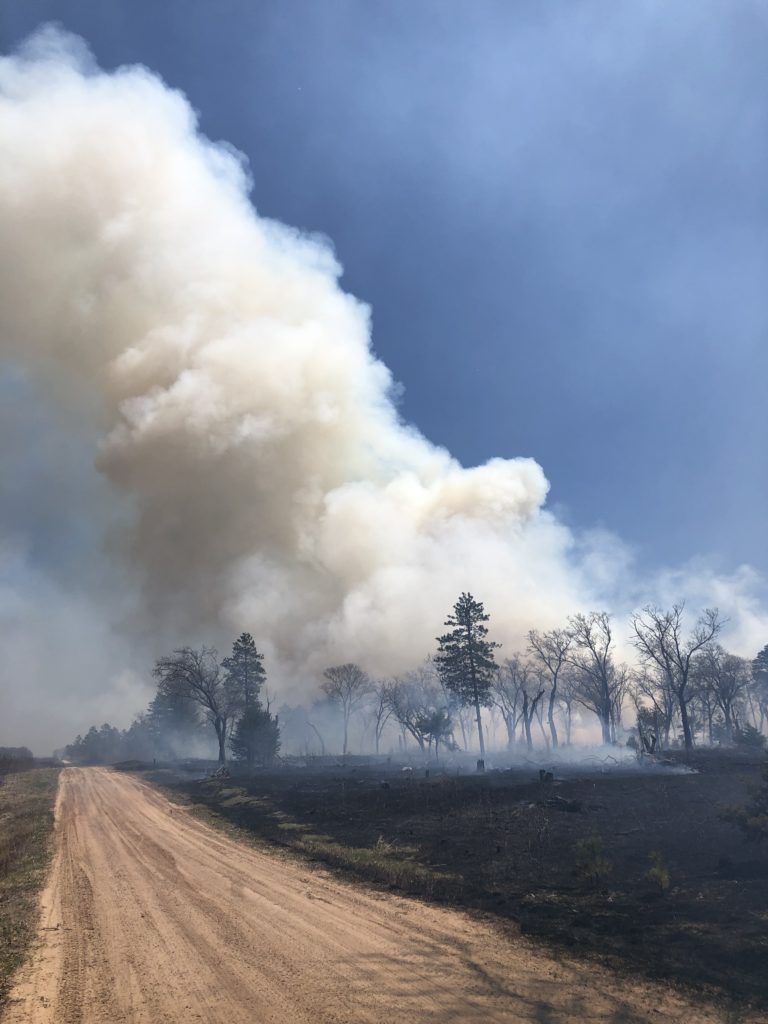
At the time of publication, Ingalsbee stated that wildfire suppression costs accounted for approximately $1 billion of taxpayer money. However, in 2018 alone, $3 billion were spent by the Federal government in an attempt to suppress wildfires (NASF). So, where does this money come from? For the last 20 years the United States Forest Service has spent nearly half of its total appropriated budget on firefighting and has been forced to transfer billions of dollars away from non-fire programs to pay for suppression costs, in an act called “fire borrowing” (Ingalsbee, 2010 & NASF).
Many citizens question why it is that the government continues to “fire borrow” and why they continually spend more money on fire suppression. Well the answer is simply that wildfire activity is increasing across the nation. Years of fire suppression activity have produced enormous amounts of hazardous fuels in forests and the combination of climate change has simply increased wildfire occurrence and behavior across the land. Today, fire seasons last on average, 78 days longer than they did in the 70’s (NASF) and with more people living in fire-prone and dependent landscapes, the costs associated with fire suppression have increased exponentially for the last 20+ years.
After 2018 and $3 billion of suppression costs used, the Federal Government generated the “wildfire funding fix”. This policy will allocate $2.25 billion fore wildfire suppression to the United States Department of Agriculture (USDA) and Department of the Interior (DOI) for fiscal year 2020. Additionally, the wildfire funding fix, will increase by $100 million each year till fiscal year 2027, where the budget will max out at $2.95 billion (NASF).
The question is, “is this enough.” If the total costs of fire suppression for Federal agencies in 2018 was $3 billion, and state agencies still invested $1.9 billion of their own funds (NASF), that’s a total of $4.9 billion in suppression costs, significantly under the allocated amounts generated by the “wildfire funding fix.”
Though the Nation’s wildfire suppression funding complications haven’t been resolved, they are moving in the right direction. Generating a separate fund for suppression will greatly help other departments get work competed now that fire borrowing has ended. However, changes still need to be made. Billions have been contributed to fire suppression, but when will we start allocating billions for fire prevention? Land managers always seem to be playing defense, they should look to start playing offense.

Sources Cited
Ingalsbee, Timothy. 2010. Getting Burned: A Taxpayer’s Guide to Wildfire Suppression Costs. Firefighters United for Safety, Ethics, and Ecology. 1-43.
National Association of State Foresters (NASF). n.d. Wildfire. Retrieved on 04/09/2020 at: https://www.stateforesters.org/where-we-stand/wildfire/
National Association of State Foresters (NASF) 2018. Wildfire Funding Fix: What it means for America’s forests. Retrieved on 04/09/2020 at: https://www.stateforesters.org/wp-content/uploads/2018/12/Wildfire-Funding-Fix-ONE-PAGER.pdf

